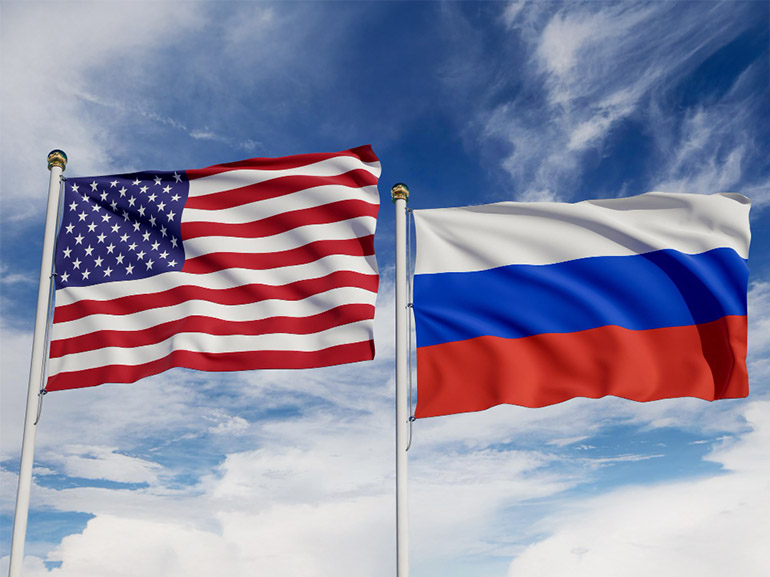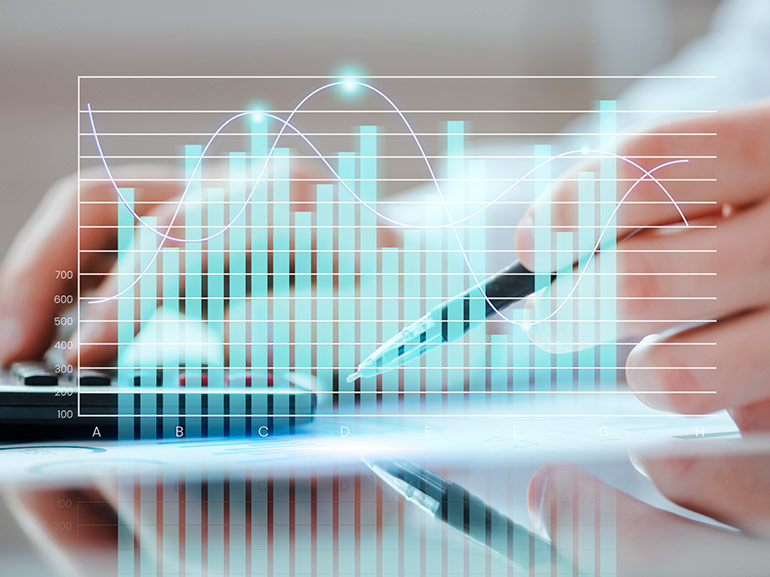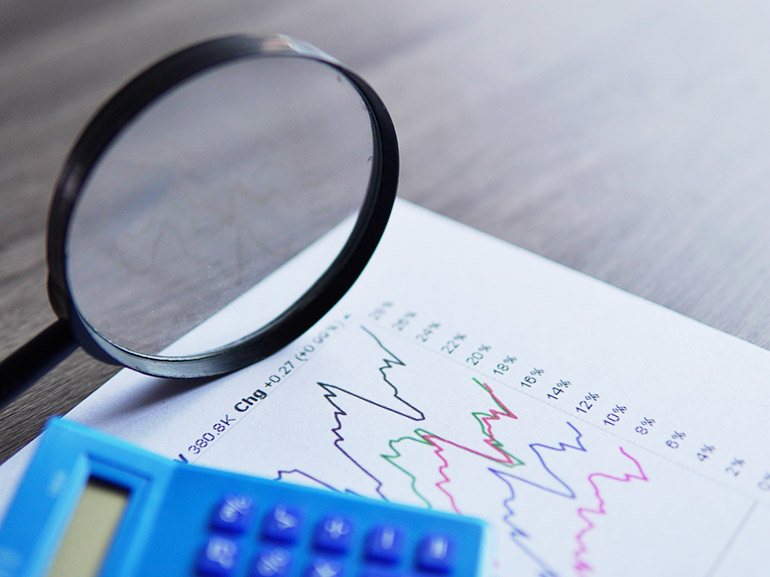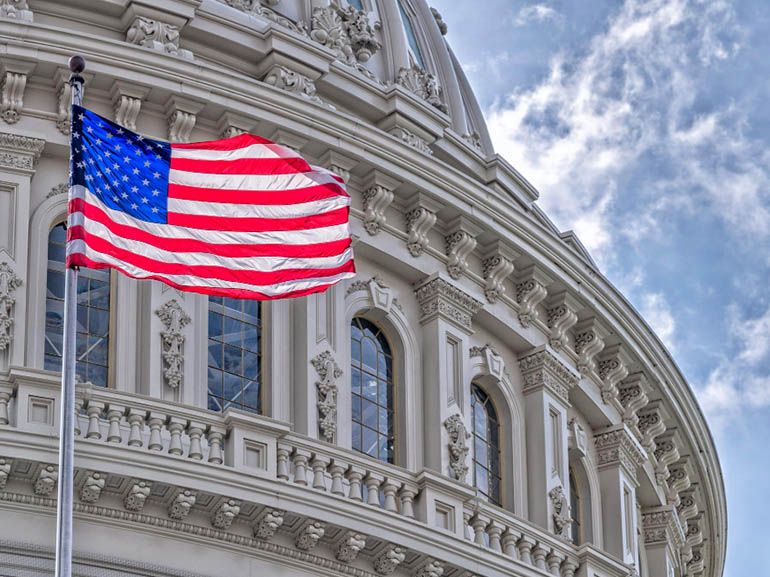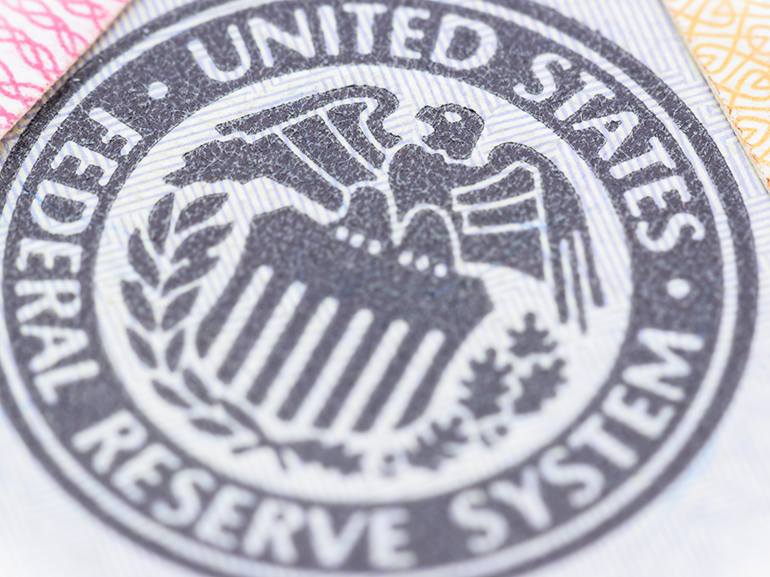Stock Market Crash Guide: What Is a Stock Market Crash?
The markets are known for being volatile, and can sometimes crash. This, in turn, can have rippling effects on the global economy. And while some stock market collapses can be anticipated, other times they can come without a warning. Understanding what stock market collapses are and what could lead to them can be a crucial step toward grasping how the economy functions.
From the 1920s Great Depression to 2020’s COVID-19 pandemic, here are the major stock market crises and the reasons behind them:

TL;DR
Stock market crashes refer to sudden, severe declines in stock prices, often caused by a combination of speculative bubbles, panic selling, economic downturns, or poor monetary policies.
Major historical crashes include the Wall Street Crash of 1929 (Great Depression), the Black Monday Crash of 1987, the Dot-com Bubble of 1999-2000, the 2008 Global Financial Crisis, and the COVID-19 Crash of 2020.
These crashes often lead to recessions, bear markets, and large-scale economic disruptions.
Governments and central banks typically intervene with fiscal policies, interest rate adjustments, and financial aid to stabilise the economy.
Stock Market Crash Definition: What Are Stock Market Crashes?
A stock market crash refers to the sudden and unexpected price swings in the prices of certain stocks. These events, as the name may imply, can have catastrophic repercussions on the overall economy and cause market jitters.
What Causes a Stock Market Crash?
There are many factors that can lead to stock market crashes. Here are some of the most common causes of stock market crashes that can also shift the trajectory of the economy and the markets based on historical data:
Speculation and Economic Bubbles: In the world of trading, speculation refers to the act of buying a certain financial asset with the anticipation of it growing in the future. This false hope is often accompanied by higher trading volumes on the asset in question, which, in turn, causes its value to appreciate tremendously which is called a Bubble. Economic bubbles are times in which prices of certain market assets rise to the point where they exceed the asset’s real value. Eventually, the speculative bubble bursts, and the stock prices return to their normal levels. During a period of steep decline, traders tend to panic-sell the asset, thus causing the bubble to pop.
Panic selling: This refers to a widespread selloff on the stock market or another market triggered by rumours or fears.
Economic downturns: When the economy experiences a downturn caused by factors ranging from inflation to recession, investors may be less prone to pouring their money into certain stocks or markets, which can then cause them to crash.
Monetary policy: Central Banks’ monetary policies like interest rate hikes can sometimes affect stocks. This is because usually when interest rates go up, some stocks go down as investors find it harder to invest and people spend less of their money.
Other factors can range from geopolitical tensions and unrest to natural disasters and even terrorist attacks. Learn more about “Trading when the markets crash” in our beginners guide article.
Historical Stock Market Crashes
As mentioned above, market crashes can undoubtedly affect the global economy. As such, there are certain crashes that have made history for their magnitude and rippling effects. Here are some of them in chronological order:
Wall Street Crash (1929):
This US stock market crash is often regarded as the worst one in the history of the stock market, as it is believed to have triggered the Great Depression (which is a global economic slump that began in 1929 and lasted for about a decade).
Prior to this crash, the US economy and stock market boomed and Wall Street indices like the Dow Jones Industrial Average (DJIA) soared from its 63-point level in August of 1921 to 381 in September 1929. As such, the stock market crash ended this period as the index started depreciating and by November 1929 it wiped out half of its value. This caused the overall stock market to lose over 20% of its value.
It is believed that overleveraging was among the catalysts for this defining crash. This is because many investors and investment trusts purchased stocks on margin, paying a mere 10% of the stock's value through margin loans. Additionally, investment trusts frequently acquired shares of other highly leveraged trusts, which created a close link between them. However, when the debt bubble finally burst, it led to the most significant stock market and economic collapse in modern history.
As such, the stock market crash ended this period as the index started depreciating. By November 1929, it had wiped out half of its value, causing
It is believed that overleveraging was among the catalysts for this defining crash. Many investors and investment trusts purchased stocks on margin, paying a mere 10% of the stock's value through margin loans. Additionally, investment trusts frequently acquired shares of other highly leveraged trusts, which created a close link between them. However, when the debt bubble finally burst, it led to the most significant stock market and economic collapse in modern history.
Black Monday Crash (1987):
This event saw the Dow Jones Average index lose more than 22% of its value, marking the biggest single-day decline in stock market history. As the name implies, it transpired on a Monday, October 19, 1987.
The event is often considered a global and unanticipated one, and it is the biggest single-day loss in the market’s history. Many point out that a series of factors could have pushed the market to its lows then. Some of the reasons that have been attributed to it were market fears of stocks being overpriced and the prospect of them going through a correction. Other factors may include the widening US trade deficit and geopolitical tensions in the Middle East.
However, perhaps the primary causes of this crash can be attributed to the emergence of program trading, where automated trades are executed by computers. During this event, the computers predominantly generated buy orders during price increases and sell orders when prices declined. Consequently, a surge of sell orders overwhelmed the market on October 19th, triggering panic among other investors and leading them to sell off their holdings.
Dot-com Bubble (1999-2000):
One of the most famous examples of stock market crashes is the Dot-com Bubble, otherwise known as the Dot-com Boom. This crash happened between 1999 and early 2000, and it refers to the fact that the tech-heavy Nasdaq (US-TECH 100) wiped a whopping 76.8% of its value after the bubble burst.
Prior to this, the Nasdaq gained 4,000 points between 1995 and 2000, causing it to inflate way beyond its value, hence why it’s called a bubble. However, in early 2001, this index started to dwindle primarily because tech stocks were overvalued, driven by traders investing in them based on the assumption that they would become very profitable.
Financial Crisis (2008):
The Financial Crisis was larger than the scope of the US as it was a global economic downturn, which is why it is often called the “Global Financial Crisis.”
This economic slump, which occurred between 2007 and 2008, is considered the most severe crisis since the Great Depression. The lack of regulations in the financial sector and the housing crisis could have contributed to this crisis.
In the late 90s, the Federal National Mortgage Association (FNMA) expanded home loan accessibility for people with low credit and limited funds through subprime mortgages. This led to a surge in mortgage originations and home sales, attracting new borrowers and investors. As a result, both consumers and businesses accumulated more debt to finance their purchases and investments during the prosperous economy.
In March 2007, Bear Stearns, an investment bank, faced losses from unsecured subprime mortgages, signalling the stock market's impending collapse. Although the market continued to rise until October 2007, major stock indices had already lost nearly 20% of their value by September 2008. These losses extended until March 6, 2009, when the Dow Jones Industrial Average hit its lowest point, plummeting 54%. (Source: The Motley Fool)
COVID-19 Crash (2020):
More recently, the COVID-19 pandemic’s crash also influenced global economies. The world was surprised by the emergence of a novel virus that not only infected many people but also ushered in lockdowns and economic uncertainty.
In February 2020, the Dow Jones and S&P 500 slipped by 11% and 12%, respectively, marking the largest weekly drops since the 2008 financial crisis. On March 12th, the Dow had its biggest one-day decline since Black Monday in 1987 - following this, it also dropped by 12.9% on March 16th.
Nonetheless, in contrast to previous crashes that took a long time to recover from, the stock market quickly returned to its pre-pandemic high by May 2020.
Trumponomics (Stock market crash 2025):
In 2025, renewed tariff threats and trade policy shifts under Donald Trump’s return to the Oval Office stirred economic and market volatility around the globe. Following campaign promises to impose steeper tariffs on key trading partners — including China, Mexico, and European allies — investor sentiment was rattled by fears of rising import costs, supply chain disruptions, and retaliatory measures. Stock markets responded with sharp intraday swings, particularly in sectors reliant on global trade such as automotive stocks, technology, and agriculture. The uncertainty around trade negotiations and the potential for broader economic fallout led to increased market jitters, with single-day declines on key Wall Street indices reaching depths unseen since the COVID-19 pandemic.
Effects of Stock Market Crashes
Stock market crashes can lead to economic conditions like recessions, frantic selloffs, changes in market sentiment, bear markets, lower revenues for businesses, and even layoffs. Reduced consumer spending, bankruptcies, liquidity issues, and banking failures may materialise.
Responses to Stock Market Crashes
In response to stock market crashes, governments and Central Banks may undertake certain monetary policies or fiscal policies to tackle the economic hurdles brought about by the crash. This can be done through imposing new regulations, shifting interest rates, and increasing funds. Take, for example, the most recent market crash, which was the COVID-19 crash. This crash did not last as long as its predecessors due to the fact that the Federal Reserve cut interest rates, the US government injected $1.5 trillion into money markets, and Congress provided a $2.2 trillion aid package.
Conclusion
Stock market crashes, though often unpredictable, are significant events that can have far-reaching consequences on the global economy. While past crashes were caused by various factors such as speculative bubbles, overleveraging, or systemic financial failures, their effects remain similar, often triggering widespread economic hardship. Governments and central banks typically step in to mitigate the damage, but recovery may take time. Understanding the causes and responses to these crashes is crucial for investors and policymakers alike to prepare for and navigate through such turbulent periods in the market.
FAQs:
1. What exactly is a stock market crash?
A stock market crash refers to a sudden and significant drop in stock prices across a wide range of assets. This often leads to panic selling and can disrupt the overall economy.
2. Can stock market crashes be predicted?
While some factors, such as overvaluation or economic indicators, may suggest an impending crash, stock market crashes are generally difficult to predict with certainty due to their complexity and the multitude of factors involved.
3. How do stock market crashes affect the economy?
Crashes often lead to recessions, increased unemployment, reduced consumer spending, bankruptcies, and market volatility, all of which can have lasting economic impacts.
4. What caused the 2008 financial crisis?
The 2008 crisis was primarily triggered by the collapse of the housing bubble, poor lending practices, and lack of financial regulations, which ultimately led to widespread defaults on subprime mortgages and a global economic downturn.
5. How did the COVID-19 crash differ from previous crashes?
Unlike previous crashes that took longer to recover from, the COVID-19 crash saw a swift market rebound by May 2020, aided by rapid government and central bank interventions like interest rate cuts and fiscal aid packages.
6. How can governments respond to a stock market crash?
Governments may implement fiscal policies like stimulus packages, change interest rates, or introduce regulations to stabilise the economy and restore investor confidence.


